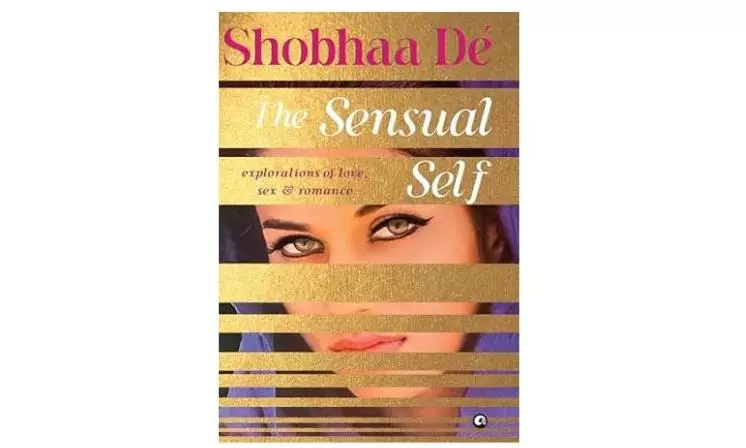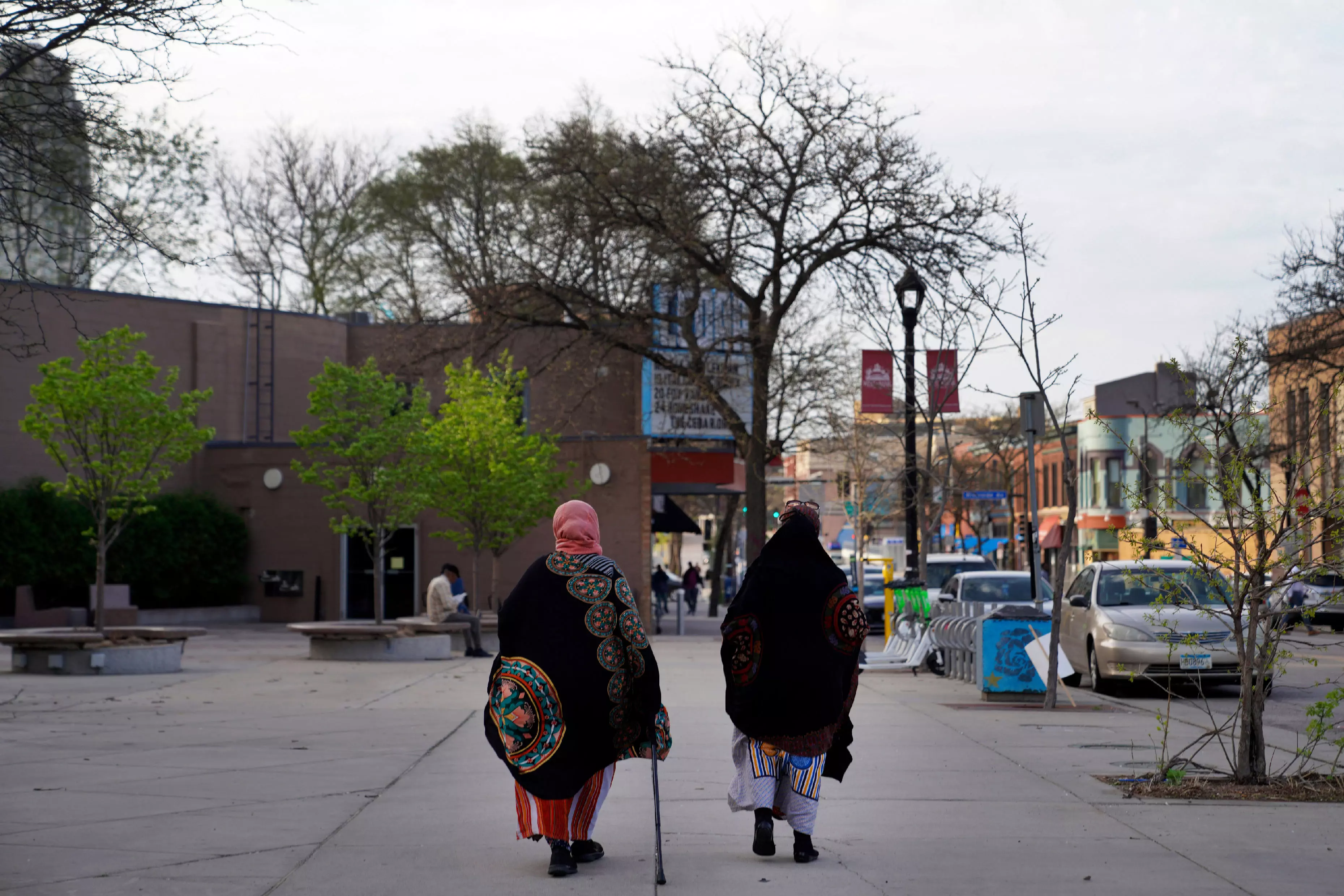
Here’s a New Age book to help you get in touch with your sensual self, to usher you into the fine art of living, loving and lusting. Vatsyayana’s The Kama Sutra did this with great finesse and in detail ages ago, balancing courtship, social graces and the aims of life: dharma, artha and kama. But times were different then — not like today’s world of fast living, indeed fast everything, and people with the attention span of a mayfly (which ironically enough, spends its entire adult life mating)! And so, there’s a substantial market for a book such as this that is not so much a guide as a fragrantly memory-laden musing upon the shifting face of romance, intimacy and relationships in present times. It sagely counsels the reader not to sacrifice sensuality at the altar of ‘good sense’, and makes the valid point that the two need not be antithetical. As with all good things in life, the key is to know when, where and how much, after all! The author does say, “there’s no such thing as ‘too much sex’. Pleasure has no quota.”
A hallmark of this book is that opinions here are served with dollops of anecdote as the author looks back on her long and eventful life and relationships. And the narrative style is mainly stream-of-consciousness. Thinking about the saree, for instance, leads to special recollections and comments about the garment’s versatility in lacing together beauty, utility and sensuousness — both in the draping and the undraping of it, with emphasis on the latter — “Lovers are voyeurs… they feast on you with their eyes… undressing is a fine art… dressing up is easy”. And, of course, sensuality and intimacy have no age limit — it is all in the mind and the affections, the cherishing of partnerships and spousal considerations, the keeping alive of moods, memories and tenderness.
Meandering through it all is the author’s eclectic travel and taste. Kalidasa, Maria Callas, Puccini, Raag Yaman Kalyan, Bhairavi, Lavani, Mujra, Mick Jagger — these are the skeins that weave a tapestry meshing cultures East and West, the ghats of Banaras, the sophisticated mansions of Mumbai. Above all is the awareness (without the morbidity) of transience as embodied in the Japanese sakura, the flowering cherry tree, each blossom demonstrating the fleeting nature of life and loveliness. Impermanence and death are indeed the mother of beauty as the American poet Walter Stevens once recognised and expressed. “Mr De” is the compass anchoring this memoir, its arm making ever-widening circles, to evoke Donne’s memorable comparison of lovers and companions, around whom the book revolves. But how can one miss the quintessential Shobhaa that peppers the book as she admonishes readers not to settle for “boring added rice sex when life can offer spicy, finger-licking chicken chili fry”.
In the never-ending rush to achieve, perform, strive for perfection, the book tells us to slow down. It shows us that there is virtue in gentleness, one can love without shame or apology, to age is not a crime or punishment, and just to be oneself is the greatest accomplishment.
The reviewer, a translator and former professor, is a Fellow at the Indian Institute of Advanced Study, Shimla
The Sensual Self
By Shobha De
Aleph
pp. 215; Rs 599





